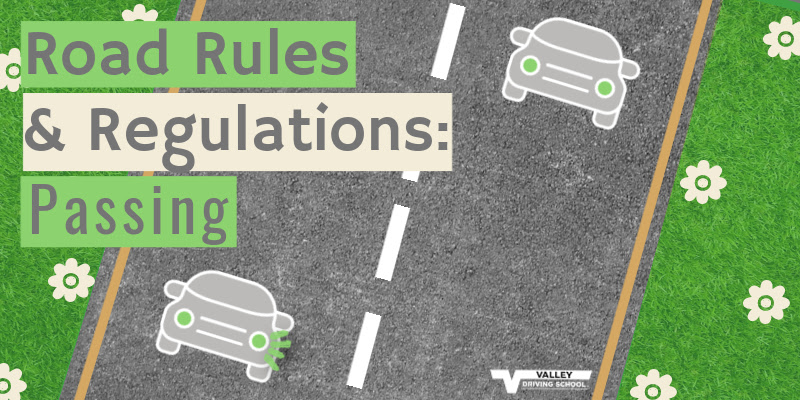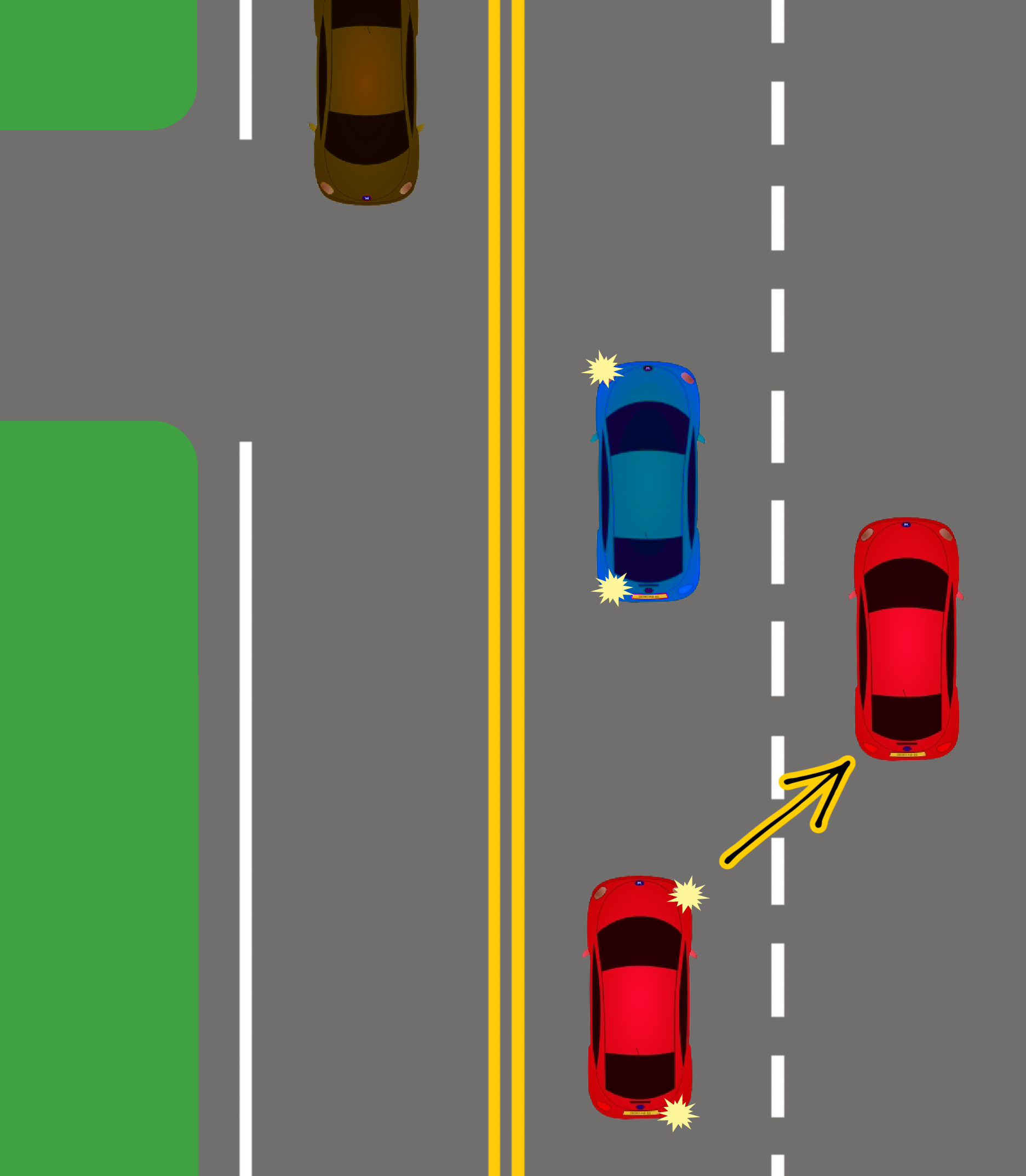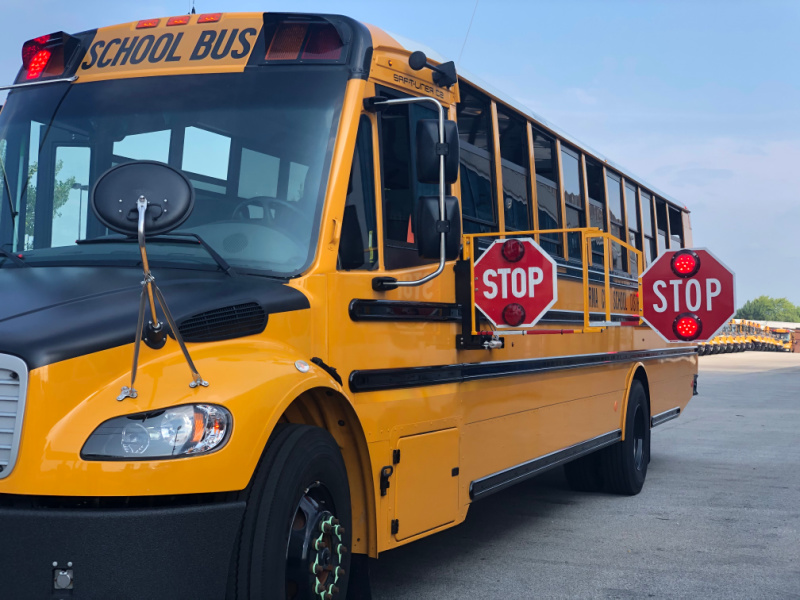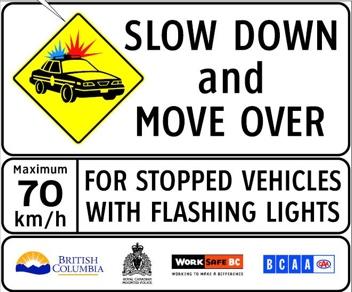Passing is an essential part of driving that should always be mentioned when discussing rules, regulations, and safe driving. Passing basics, and do’s and don’ts, are an important tool to have in your driving toolkit, and not just for everyday driving. Passing also plays a big role when navigating around emergency vehicles and large transportation vehicles!

We’ve gathered some important tips for passing other road users, the next time you’re on the road!
Keeping Right
When freeway driving the passing lane, which is typically the left-most lane, is meant for passing vehicles. There are exceptions to this statement, such as when an HOV lane and bus lane is present, as these can be the left-most lane. Unless otherwise stated, you should move into the left lane to pass vehicles on your right. On single lane highways, passing may be restricted and the road markings are indicators of when you are permitted to pass.
When it comes to passing, you may not pass when there is a double solid yellow line. If there is a combination broken and solid yellow line, you may cross it to pass as long as the broken line is on your side and it is safe to do so. You can cross over a broken yellow line to pass, as long as it is safe to do so. You can also cross over a single yellow line to pass, but you must use extra caution when doing so.
 On divided highways the Government of British Columbia has restricted driving in the left-most lane in any 80km/hr or higher speed limit areas, except for the following reasons:
On divided highways the Government of British Columbia has restricted driving in the left-most lane in any 80km/hr or higher speed limit areas, except for the following reasons:
- overtaking and passing another vehicle
- moving left to allow traffic to merge
- preparing for a left hand turn
- passing a stopped official vehicle displaying red, blue or yellow flashing lights
This is not applicable on roads where the posted speed is 50km/hr or less, or in congested highway traffic. Once the traffic in the right lane exceeds 50km/hr again after congested traffic, you are expected to return to the right lane. It’s important to note that the left-most lane excludes High Occupancy Vehicle (HOV) lanes and bus lanes.
✅ DO move into the right lane when it is safe to do so, as another vehicle may be approaching at a faster speed behind you while you are in the left lane.
❌ DON’T attempt to stay in the right lane if there is an obstruction or debris. Driving in the left lane to avoid this is always the safer (and legal) option - just make sure to shoulder check and mirror check before executing a lane change.
Passing on the Right
 In most cases when passing is being discussed, passing on the left is the primary subject. There are some cases where you can pass on the right though!
In most cases when passing is being discussed, passing on the left is the primary subject. There are some cases where you can pass on the right though!
If there is an unobstructed lane on the right that permits motor vehicle travel, you can pass using that lane. If you are driving down a one-way street and there is an unobstructed lane, and the street is at least two lanes wide, you can pass on the right. If a driver is turning left, or is signalling with the intention to turn left, you can pass on the right if there is enough space within the lane.
You may not pass a driver turning left if a vehicle between you and the driver turning left has stopped to wait. You also may not pass a driver turning left if there is not enough space to safely execute the pass without crossing the solid white line or driving onto the shoulder.
✅ DO make sure that you can safely and legally pass on the right before starting the maneuver.
❌ DON’T put yourself or other road users at risk by trying to force your way ahead of another driver.
Passing Buses
 Knowing how and when to safely pass buses is crucial to ensuring pedestrian safety for those boarding or exiting the bus.
Knowing how and when to safely pass buses is crucial to ensuring pedestrian safety for those boarding or exiting the bus.
When it comes to school buses, traffic in all directions must stop when the bus displays flashing red lights and has their stop sign extended. This applies regardless of whether you are approaching from the front of the bus, or the rear, and no matter which lane you’re in. Traffic is to remain stopped until the bus driver turns the flashing lights off and pulls the stop sign back in, signalling that it is safe for you to proceed.
This rule is in place as children may be crossing the road in front of or behind the bus to get on or off. Many children use the school bus stop sign as a guide to cross the road and they can be difficult to see, especially if you are coming from behind the bus and the kids are crossing in front of it. If a school bus is stopped with just its lights flashing but no stop sign out, proceed with caution when safe - children may still be present and on the road.
For public transit buses, you are obligated to allow the bus to move out from the curb lane or bus stop when they are signalling and displaying their yield-to-bus sign. This rule is at play on all roads where speed limits are posted 60km/hr or lower.
✅ DO change lanes to let a bus pull out if there is space.
❌ DON’T pass a stopped bus and risk hitting an off-boarding pedestrian if visibility is limited. Slow down and, if there are no stop signs, proceed with caution.
Stopped Official Vehicles
 There is a special rule for passing stopped official vehicles, such as fire trucks, ambulances, and police cars, as well as other vehicles with flashing red, blue, or yellow lights, like maintenance and utility workers, tow trucks, CVSE workers, land surveyors, garbage and waste collectors, and other roadside workers.
There is a special rule for passing stopped official vehicles, such as fire trucks, ambulances, and police cars, as well as other vehicles with flashing red, blue, or yellow lights, like maintenance and utility workers, tow trucks, CVSE workers, land surveyors, garbage and waste collectors, and other roadside workers.
If you need to pass them: drivers must move into another lane when passing stopped vehicles with a flashing light, where safe to do so. When you are on a roadway where the speed limit is 80 km/h or more, you must slow to 70 km/h as you pass. When you are on a roadway where the speed limit is under 80 km/h, you must slow to 40 km/h as you pass. This provides roadside workers and emergency personnel with greater protection from accident and injury.
✅ DO complete all the steps of a lane change maneuver before moving over.
❌ DON’T maintain your speed and stay in your lane when driving on a highway where a vehicle with authorized flashing lights has stopped.
Passing Safely
Whether you are passing another vehicle using a passing lane, or if you are passing a vehicle by using an oncoming lane, you need to use the proper observation skills. Complete the following to ensure the movement can be made safely:
- Choose a safe location, ensuring the road markings permit the action and you have scanned upcoming side streets
- Check the rear-view for anything approaching from behind
- Check the side mirror in the intended direction
- Apply the turn signal
- Shoulder check in the desired direction to ensure the space is clear
- Move into the lane
- Overtake the vehicle
- Check the rear-view mirror to ensure you see the front grill of the overtaken vehicle. This ensures you are far enough in front of that vehicle to return to that lane.
- Check the side mirror in the intended direction
- Apply the turn signal
- Shoulder check in the desired direction to ensure the space is clear
- Move into the lane
- Continue at posted speed
For passing another vehicle using an oncoming lane, you will also need to make sure that there is a safe gap in the oncoming traffic. If you are behind a smaller vehicle, you should be able to see a safe distance ahead in front of that vehicle but if you are behind a larger vehicle, you may have a tougher time seeing any oncoming traffic or what kind of lane space is available ahead. To allow yourself to see more ahead, increase the following distance between you and the slow-moving vehicle in front of you. This may mean lowering your speed, but the farther behind the large vehicle you are, the more of the oncoming lane will be visible. This space also allows you to gain momentum to overtake safely.
A good rule of thumb for gauging whether you have enough time and space to pass the slow-moving vehicle: if you can see an oncoming vehicle but the size of the vehicle is not getting any bigger as it moves closer, you likely have enough time to execute the pass. If the vehicle is getting noticeably bigger as it approaches, there is likely not enough time to safely pass and get back into your lane before there will be a space conflict.
--
Passing other vehicles is a common maneuver for every driver, and knowing the rules and regulations surrounding passing will help on your journey to becoming a safer, confident, and defensive driver. Even if you’ve been driving for years, it’s never too late to incorporate some new safety habits!
